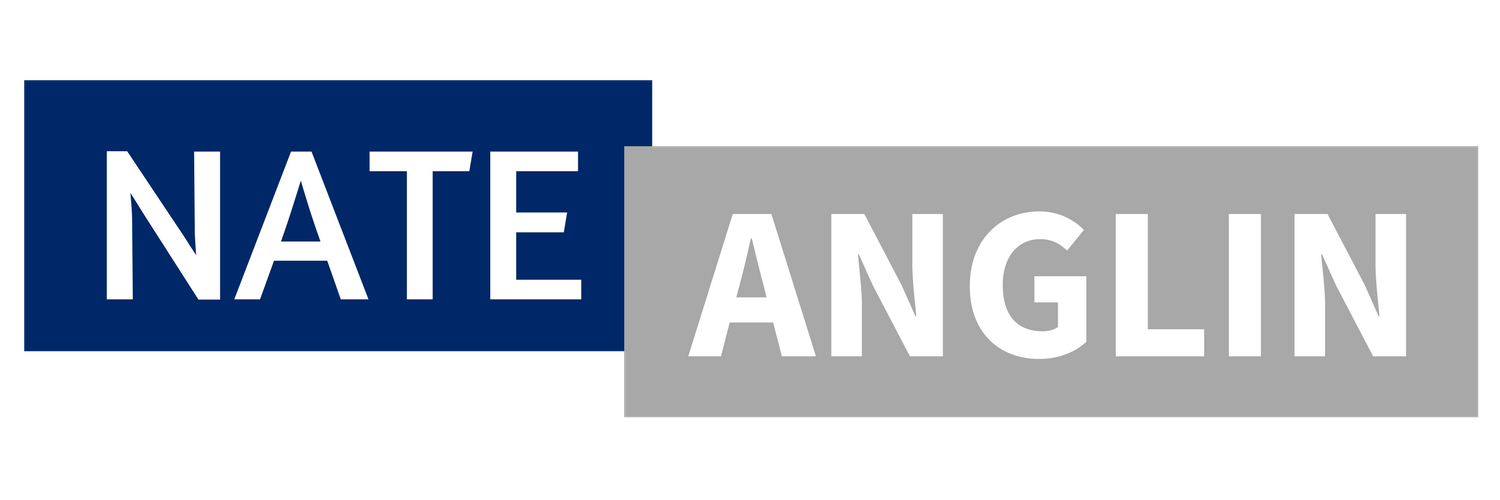Amplify Your Business Optimization Results by Cutting 1 Common Wasteful Habit
Business is about two main things:
Patience and focus.
And early on, I had neither.
I wanted to "succeed" so much that I tried just about anything to win. Every new shiny object caught my attention. Over time, I had so much shine that I became blinded by my efforts. I was focused on so many things that I became mediocre at many and great at nothing.
The lesson:
You have to focus on the few things that matter most.
The purpose of a company is to improve the customer's life in some meaningful way.
Every company must try to deliver the highest value to the customer, no matter what service or product is being sold.
Achieving this requires removing all non-value-added activities and consistently delivering more value daily.
Joshua Schultz recommends focusing on value-added time as a "golden metric."
So, what are some activities that fall into value-added time?
It's anything that the customer is willing to pay for:
Improve the function of a product or service.
Speed up the time it takes to ship an order.
Improve response time.
The opposite is true for non-value-added activities.
These are wasteful things, like:
Walking or moving materials.
Waiting periods.
Too much inventory.
Filing paperwork.
Non-value-added time is anything that falls within what Lean Thinking calls the eight wastes.
Transport
Inventory
Motion
Waiting
Overproduction
Overprocessing
Defects
Skills
Imagine where your business could be without all the lingering waste weighing it down.
Your customers are happier. Profits have improved. You're not working to work but rather doing the things that have the most impact.
Waste kills efficiency and results.
Let's fix that.
Step 1: Learn to see waste.
You can't eliminate non-value-added activities if you don't know what they are.
So learn to spot them. Start by asking yourself, "Would the customer pay for this?" No? Flag it as waste.
Next, understand the eight wastes of lean thinking. With practice, you'll start to intuitively see these categories in many of your core systems.
Before I read 2 Seconds Lean, I didn't fully understand this concept. A glaring example was in my warehouse operations many years ago. The original flow caused the team to walk too far to get to core materials and processes. Nothing had a proper place. Boxes were across the warehouse. The receiving desk was too far from where the product was delivered.
It was a massive waste cesspool.
Once we eliminated bad habits and wasteful activities and redesigned our warehouse flow, we could receive and ship in a fraction of the time — which customers love.
Step 2: Audit the efficiency of processes and resources.
Don't overwhelm yourself.
I often see it when people get excited about a new initiative (shiny object?) and list everything they will accomplish but then fail to do anything. They start strong and end in failure.
Here's where to start:
Start by auditing your three to five core procedures that directly involve your customers (taking an order, fulfilling an order, shipping an order, etc.).
Identify one to three potential sources of bad habits or waste in those processes.
Develop a waste elimination plan.
Step 3: Define non-value-added time for your company.
Now you've got momentum, you'll go deeper.
You need to quickly understand the eight wastes for your company. My natural tendency is to dive fully in and then go overboard. So, even here, make it simple. The simplest of things creates the biggest results.
Make a list of non-value-added time reminders for core functions.
For example, my warehouse function could include these non-value-added activities:
Walking to another table to get the packaging.
Touching incoming order paperwork more than once.
Waiting for a team member to respond.
Underpacking a box.
Overpackaging a box.
And the list could go on.
Once you have your long list, reorganize it into smaller functions. For my warehouse, that would be receiving, quality control, inventory, and shipping.
These serve as waste reminders.
Step 4: Routinely eliminate waste for long-term business optimization.
Now you get to work.
In every process, you'll:
Delete wasteful activities
Eliminate wasteful resources
Rewrite processes
Redesign systems
You'll be a ruthless process dictator, cutting out everything that doesn't matter.
This will boost productivity, cut costs, increase profits, and make your company an efficient machine.
Now, instead of chasing shiny objects that restrict your true potential, you'll unleash the efficiency gods and start to generate massive results.
Start today.
Audit, identify, and eliminate waste to achieve effective business optimization.









